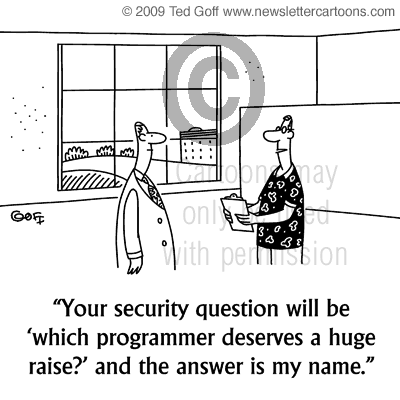The following method may help to calculate squares of numbers from 21-120 easily .Only some basic multiplications have to be done and some basic square values have to be remembered in order to use this method.
The base of this method is the well known algebraic identity
a^2-b^2=(a-b)(a+b)
This identity can be rearranged to the following form.
a^2=(a-b)(a+b)+b^2
So when 'a' is given we should select 'b' such that the terms b^2 and (a-b)(a+b) are easily calculable.The 'b' value can be selected so that the square of 'b' is a known number.Most of us know the squares of numbers up to 12 and some times even up to 25.To use this method I may suggest to remember square values up to 20.One can use this method only remembering square values up to 5 but knowing more values will ease the other calculation part in the equation.
The next part is the calculation of (a-b)(a+b).We can choose 'b' such that either (a-b) or (a+b) is divisible by 10.Then the multiplication becomes more simple and can be done mentally.Since there are several values of 'b' that gives a factor divisible by 10 the trick is to select 'b' such that either (a-b) or (a+b) gives the multiplier of 10 nearest to the value of 'a'.
To get an idea about the method let me show some examples.
We'll select b as 2 (since this will give us a+b=40).Thus the calculations we have to do is 40*36 which is effectively 36*4.(this multiplication may done in two separate steps 30*4+6*4,which are very easy).then the only thing we have to do is adding 4 (2*2) to this value to obtain the square of 38.
So 38*38=30*40+6*40+4=1200+240+4=1444.
One may also try b=8 if they are more comfortable with multiplication with 3 rather than 4.
We'll select b as 4.The calculations we have to do is 70*78 which is effectively 78*7.(this multiplication may done in two separate steps 70*7+8*7,which are very easy).To obtain the real value 16 should be added to the answer.
So 74*74=70*70+8*70+16=4900+560+16=5476.
One may also try b=6 if they are more comfortable with multiplication with 8 rather than 7.
In this case we may select b=3 but than we have to multiply 84*90.But if we select b=13 we only have to multiply 100*74 and add 13*13 (169) to the result.The calculations have become very easy.As the number of square values we remember the calculations will become very simple.
As an example if we remember square of 26 (which is 676) then we may select b=26 in the previous example and the multiplications will become very simple.
I think this method is very useful depending on the values you select for b and the ability of using basic multiplications.Although in the beginning I mentioned about numbers up to 120 this can be extended to more numbers depending on your ability to multiply mentally.To the better use of this method the following points may be important.
- If the number is near 50 or 100 select 'b' such that (a-b) or (a+b) is equal to 50 or 100.
- Remember more square values.May be up to 25.(This will help to find squares of higher numbers with out much calculations).If we remember squares up to 25 we may calculate up to 200 with out much effort.
- The multiplication part can be done in two steps as given in the example.
- The square of a number ending with 5 can easily be calculated by adding 25 to the value obtained by multiplication of multipliers of 10 that are lower and higher than the required value.(35*35=30*40+25)





